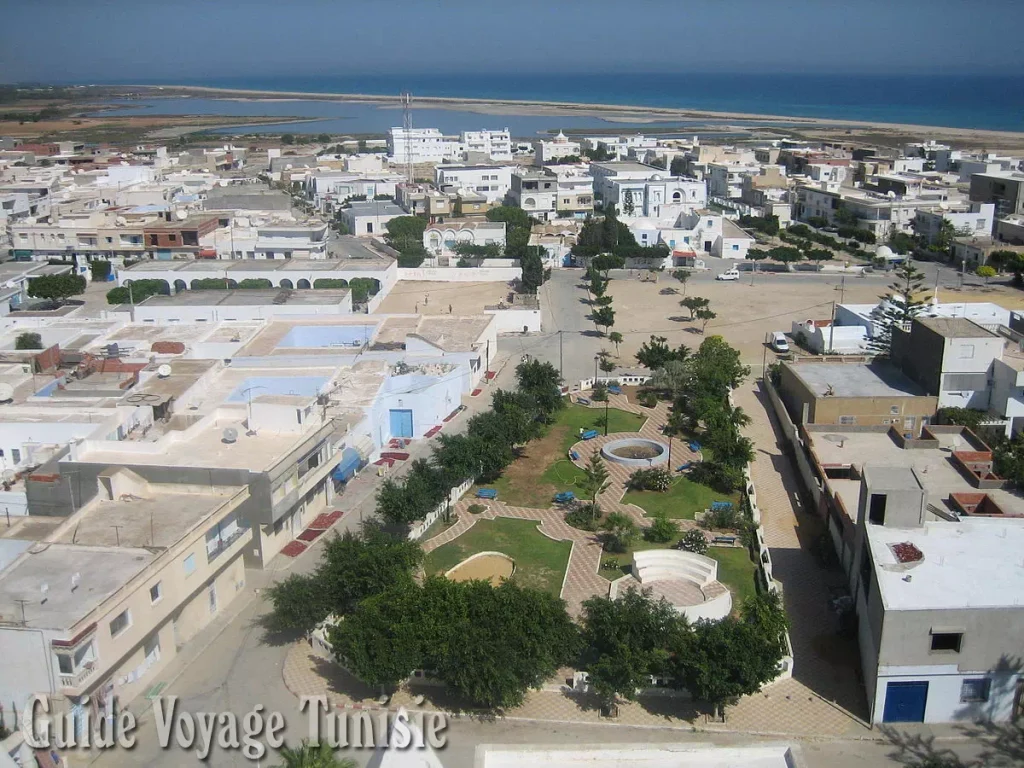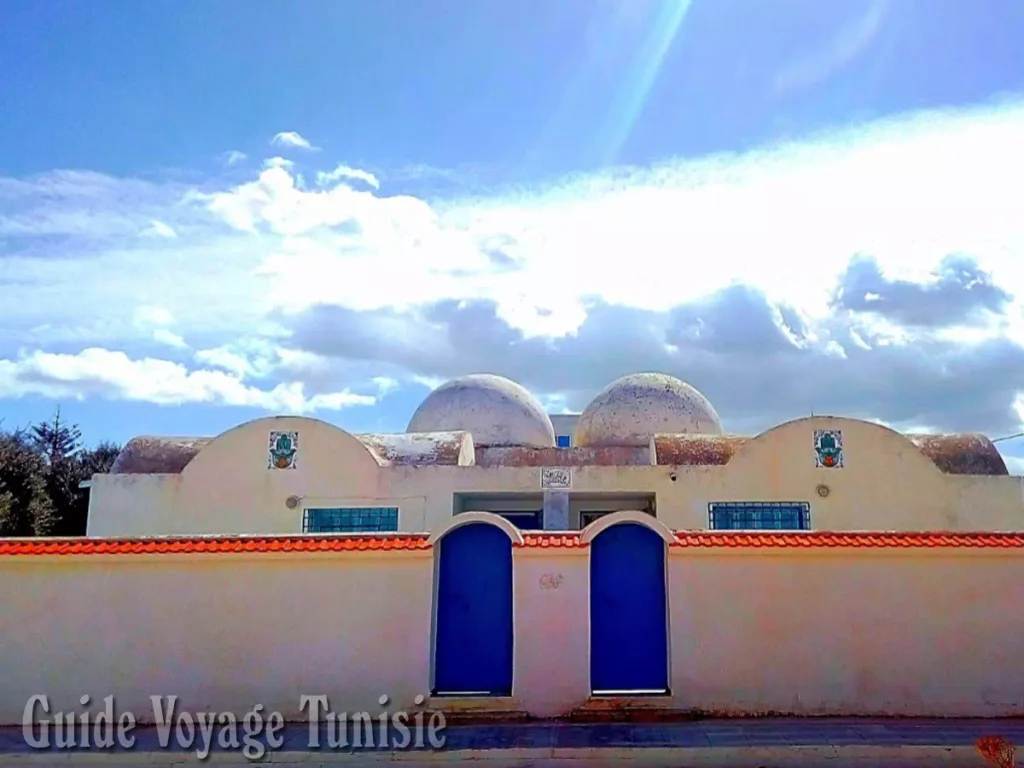Soliman City
Soliman or Slimane is a coastal town in Tunisia located at the southwest entrance of Cap Bon, southeast of Tunis.
Attached to the governorate of Nabeul, it is the seat of a delegation with 41,846 inhabitants in 2006 and of a municipality with 37,749 inhabitants in 20142.
Located in the heart of a fertile plain, it is a center for the marketing of agricultural products from the surrounding countryside. In addition, it is home to a large industrial area with the presence of mechanical construction factories, including equipment manufacturers for the automotive industry. Overtaken by urbanization, it is gradually becoming a suburb of Tunis.
A beach stretches five kilometers to the northwest, at the bottom of the Gulf of Tunis, which also offers a panoramic view.
Soliman was the scene of a deadly shootout between Tunisian law enforcement and individuals suspected of being “Islamist terrorists” on January 3, 2007.
The city owes its rise, from the 16th century, to the installation of Turkish soldiers from the Ottoman Empire which had just established its hold on Tunisia (its name would come from the patronymic of a Turkish man who owned a vast agricultural domain ) and above all, in the 17th century, with the arrival of Morisco populations driven out of Andalusia.
As in several other Tunisian cities of Cap Bon (Nabeul, Grombalia, Turki, etc.), the Medjerda valley (Testour, Medjez el-Bab, Kalâat el-Andalous, etc.) and the Bizerte region (Metline , El Alia, Ras Jebel, Raf Raf, Ghar El Melh and Menzel Jemil), Soliman has preserved traces of this Andalusian contribution, mainly visible in the town planning and architecture of the buildings. Thus, the historic center of the city has a network of narrow streets intersecting perpendicularly and the habitat consists of small terraced houses, organized around a patio often shaded by a tree, comprising a space for housing (dar) separate a service space (douira) and a stable (makhzen). Wealthier families had an extra floor. The buildings are painted white, the doors are of ornate painted wood, and the houses sometimes have a green tiled roof.
In the city center, two mosques testify to this double influence, one of the Malikite rite that can be identified by its minaret built on a square base, and the other of the Hanafi rite (that of the Turks) with an octagonal base.
Soliman City in Pictures

